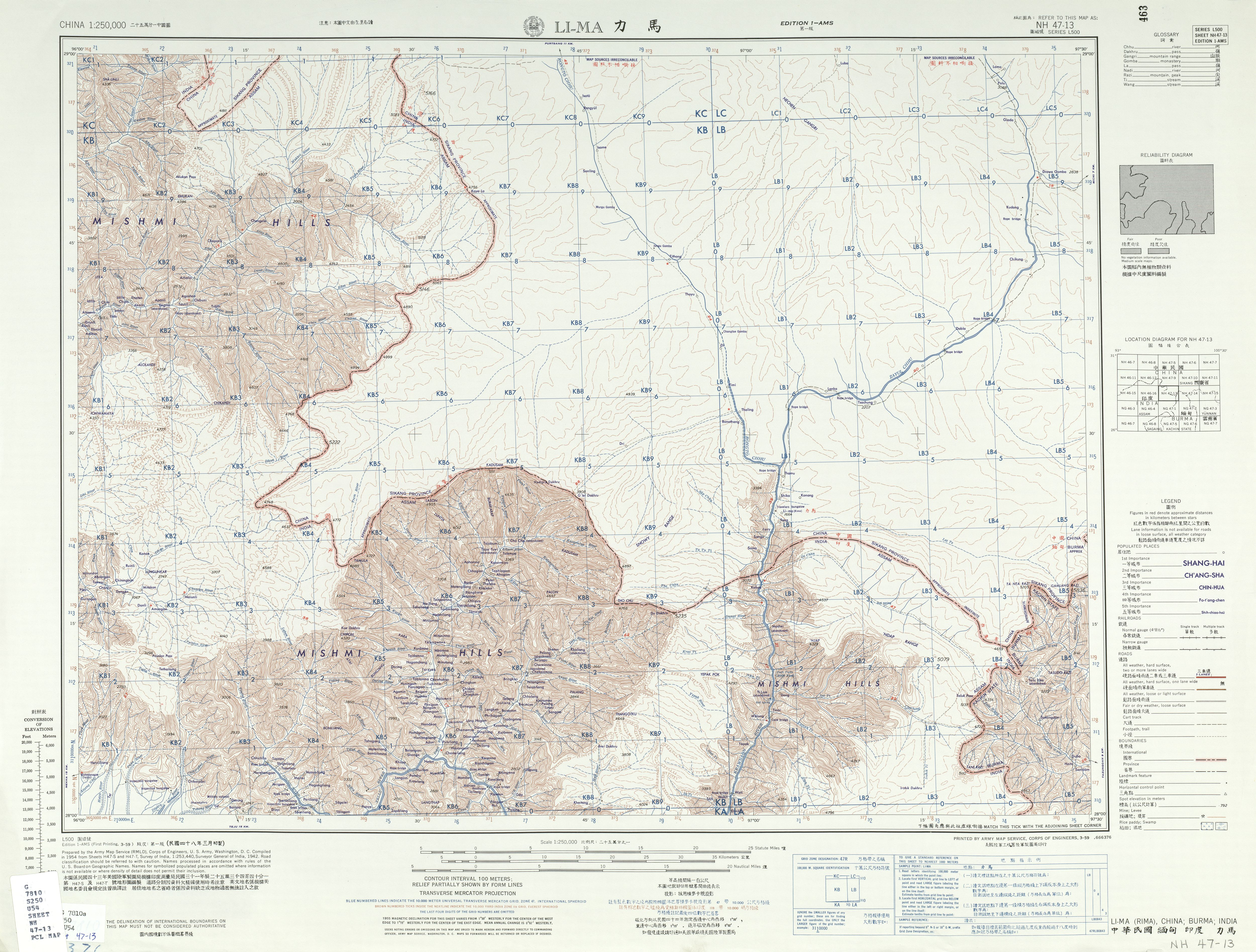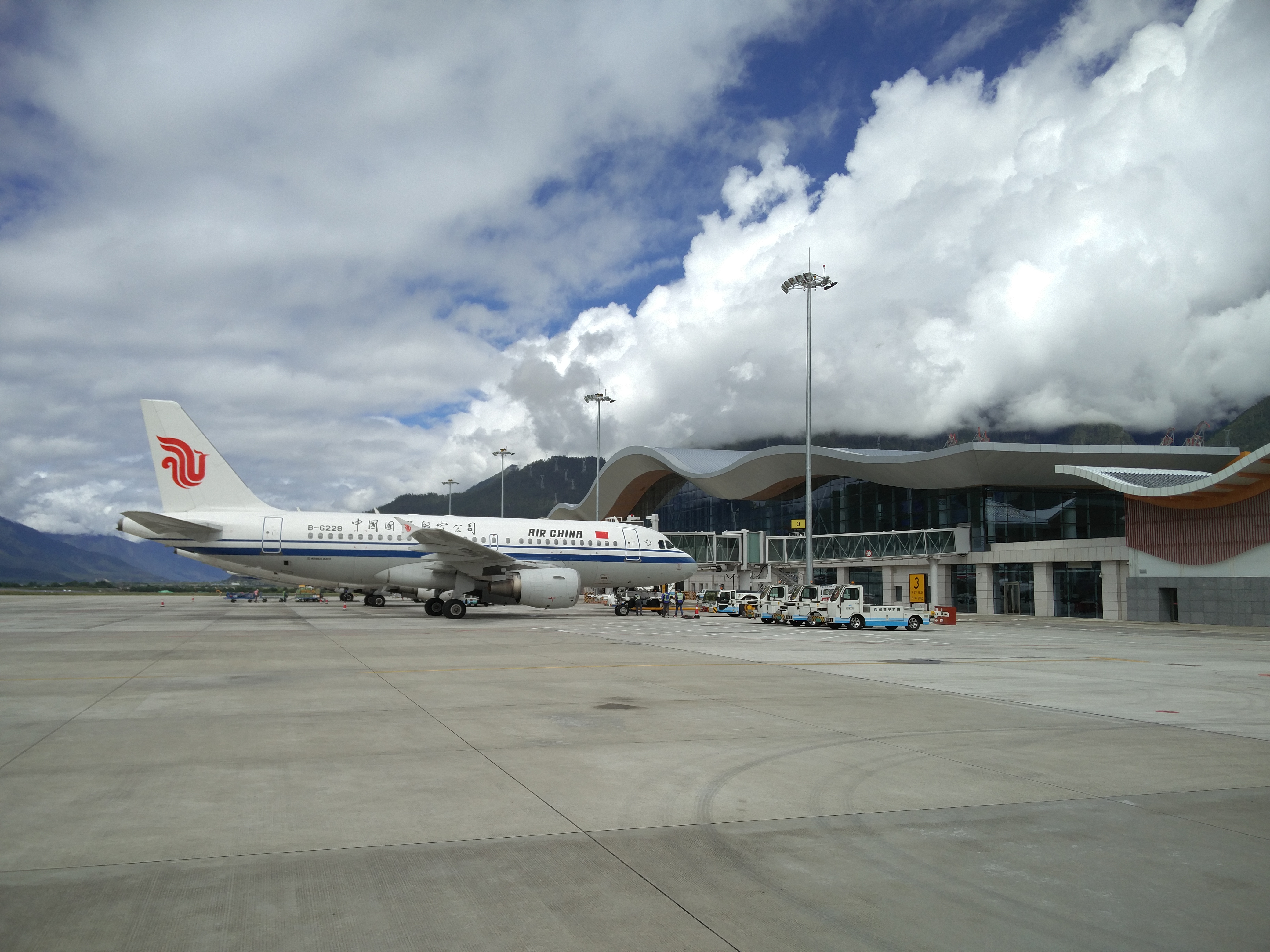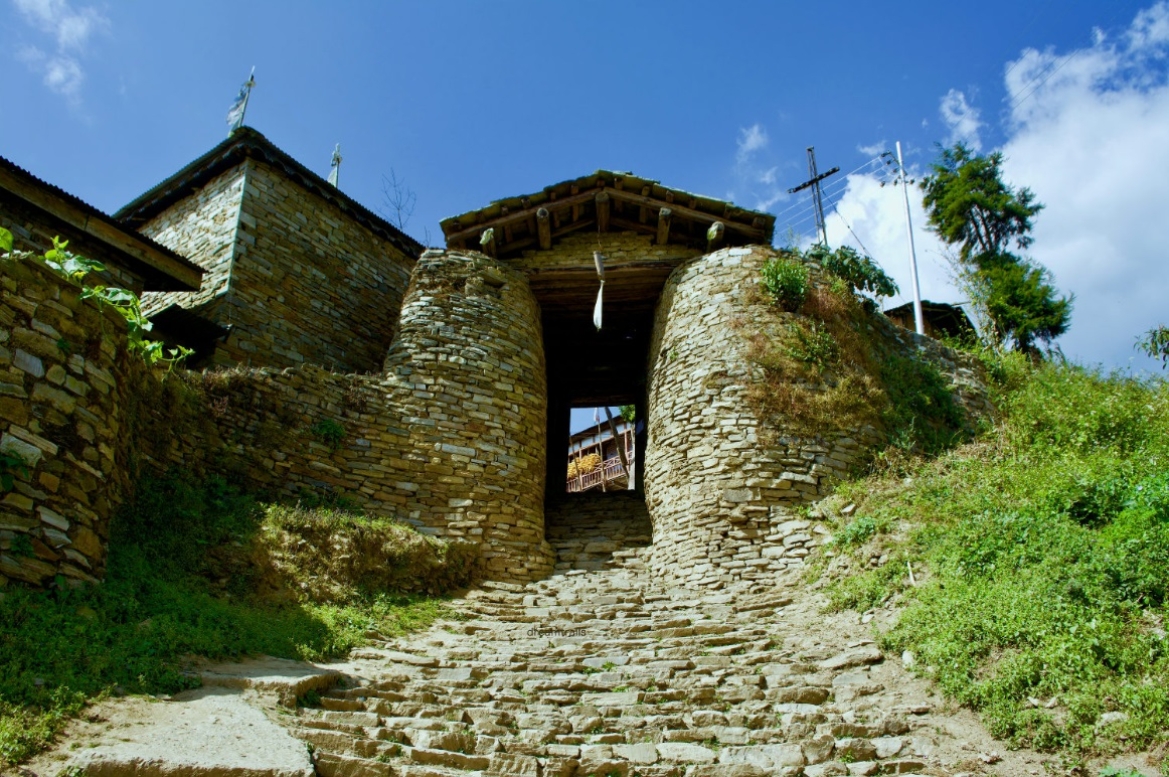|
Rima, Tibet
__NOTOC__ Rima (; ) is the former capital of the Zayul in the southeastern Tibet Autonomous Region of China. It is on the border with India's Arunachal Pradesh Arunachal Pradesh (; ) is a States and union territories of India, state in northeast India. It was formed from the North-East Frontier Agency (NEFA) region, and India declared it as a state on 20 February 1987. Itanagar is its capital and la ... at the confluence of the ''Rongto Chu'' and ''Zayul Chu'' rivers, which join to form the Zayul River (or Lohit River) before it flows into Arunachal Pradesh. Rima was a notable border trading town, which the British contemplated as a location for a trade mart in the Lhasa Convention. References Bibliography * * * Populated places in Nyingchi {{Tibet-geo-stub ... [...More Info...] [...Related Items...] OR: [Wikipedia] [Google] [Baidu] |
Autonomous Regions Of The People's Republic Of China
The autonomous regions ( zh, s=自治区, p=Zìzhìqū) are one of four types of province-level divisions of the People's Republic of China. Like Chinese provinces, an autonomous region has its own local government, but under the law of the People's Republic of China, an autonomous region has more legislative rights, such as the right to "formulate self-government regulations and other separate regulations." An autonomous region is the highest level of minority autonomous entity in China, which has a comparably higher population of a particular minority ethnic group. There are five autonomous regions in China: Guangxi, Inner Mongolia (Nei Menggu), Ningxia, Tibet (Xizang), and Xinjiang. History Established in 1947, the Inner Mongolia Autonomous Region became the first autonomous region in the Chinese liberated zone. Xinjiang was made autonomous in 1955 after the PRC's founding, and Guangxi and Ningxia were made autonomous in 1958. Tibet was annexed by the People' ... [...More Info...] [...Related Items...] OR: [Wikipedia] [Google] [Baidu] |
Tibet Autonomous Region
The Tibet Autonomous Region (TAR), often shortened to Tibet in English or Xizang in Pinyin, Hanyu Pinyin, is an Autonomous regions of China, autonomous region of the China, People's Republic of China. It was established in 1965 to replace the Tibet Area (administrative division), Tibet Area, a former administrative division of the Republic of China (1912–1949), Republic of China. The current borders of the Tibet Autonomous Region were generally established in the 18th century and include about half of Tibet, cultural Tibet, which was at times independent and at times under Mongol or Chinese rule. The TAR spans more than and is the second-largest Administrative divisions of China, province-level division of China by area. Due to its harsh and rugged terrain, it has a total population of only 3.6 million people or approximately . Names and etymologies Tibet Autonomous Region is often shortened to Tibet in English or Xizang in Hanyu Pinyin. The earliest official record of the ... [...More Info...] [...Related Items...] OR: [Wikipedia] [Google] [Baidu] |
Prefectures Of The People's Republic Of China
zh, p=Dìqū, labels=no , alt_name = , map = , category = Second level administrative division of a unitary state , territory = China , start_date = , current_number = 7 prefectures , number_date = , population_range = 95,465 ( Ngari) – 3,979,362 ( Kaxgar) , area_range = ( Daxing'anling) – ( Ngari) , government = Various, Central Government , subdivision = Counties Prefectures are one of four types of prefecture-level divisions in China, the second-level administrative division in the country. While at one time prefectures were the most common prefecture-level division, they are in the process of being abolished and only seven formally-designated prefectures remain. The term "prefecture" is also used as a translation of three unrelated types of administrative divisions that were historically in use in China: the ''xian'', the ''zhou'', and the ''fu''. Modern prefecture ... [...More Info...] [...Related Items...] OR: [Wikipedia] [Google] [Baidu] |
Nyingchi Prefecture
Nyingchi (), also known as Linzhi ( zh, s=林芝, p=Linzhi) or Nyingtri, is a prefecture-level city in the southeast of the Tibet Autonomous Region in China. The administrative seat of Nyingchi is Bayi District. Nyingchi is the location of Buchu Monastery. History The origins of Nyingchi date back to Tibet's prehistoric era. Researchers discovered several human bones and burial groups from the Neolithic Age near the Niyang River in the 1970s, suggesting that humans in Nyingchi were engaged in slash-and-burn agriculture and led a relatively sedentary lifestyle as early as 4,000-5,000 years ago. Unearthed artifacts, including net pendants and arrowheads, indicate that the inhabitants of this region, along the ancient Niyang River, Yarlung Zangbo River, and ancient lakes, were involved in both cultivation and fishing activities along the riverbanks. Initially, Linzhi was under the dominion of the King of Kongpo. In the Sakya and Patrul epochs (13th-16th centuries), Nyingc ... [...More Info...] [...Related Items...] OR: [Wikipedia] [Google] [Baidu] |
Counties Of The People's Republic Of China
zh, p=Xiàn, labels=no , alt_name = , map = , caption = , category = Third level administrative division of a unitary state , territory = People's Republic of China , upper_unit = Prefectures, Provinces , start_date = , current_number = 1,319 (1,307 controlled, 11 claimed) , number_date = 2023 , population_range = , area_range = , government = Various, Central Government , subdivision = Town, Township Counties ( zh, s=县, labels=no) are found in the third level of the administrative hierarchy in provinces and autonomous regions and the second level in municipalities and Hainan, a level that is known as "county level" and also contains autonomous counties, county-level cities, banners, autonomous banners and city districts. There are 1,355 counties in mainland China out of a total of 2,851 county-level divisions. The term ''xian'' is sometimes translated as "district" or "prefecture" when put in the context of Chinese history. History ''Xia ... [...More Info...] [...Related Items...] OR: [Wikipedia] [Google] [Baidu] |
Township (China)
Townships ( zh, s=乡, labels=no), formally township-level divisions ( zh, s=乡级行政区, labels=no), are the basic level (fourth-level administrative units) of political divisions in the People's Republic of China. They are similar to municipalities and communes in other countries and in turn may contain village committees and villages. In 1995 there were 29,648 townships and 17,570 towns (a total of 47,218 township-level divisions) in China which included the territories held by the Republic of China and claimed by the PRC. Much like other levels of government in mainland China, the township's governance is divided between the Communist Party Township Secretary, and the "county magistrate" ( zh, s=乡长, hp=xiāngzhǎng, links=no). The township party secretary, along with the township's party committee, determines policy. The magistrate is in charge of administering the daily affairs of government and executing policies as determined by the party committee. A township off ... [...More Info...] [...Related Items...] OR: [Wikipedia] [Google] [Baidu] |
Xiachayu
Xiazayü (; ) is a town of Zayü County, in southeastern Tibet Autonomous Region, People's Republic of China (PRC), located in a deep river valley from the county seat and bordering India's Arunachal Pradesh, which is claimed by the PRC, to the southwest, as well as Burma to the southeast. , Xiachayu Town has a population of 5389 residing in an area of , and , it has 18 villages under its administration. The town contains a population of the Mishmi people The Mishmi people are an ethnic group of Tibet and Arunachal Pradesh, India. The area is known as the Mishmi Hills. Only one group, called the Deng, occupy Zayu County in southern Tibet. Clans The Mishmi consist of four tribes: Idu Mishmi ... (or Deng people), which has yet to be officially recognised as one of the PRC's 56 ethnicities. Tourism was developing in the Shaqiong Deng Village (). However, foreigners were not allowed to enter Zayü as of 2011. References Township-level divisions of Tibet Populated p ... [...More Info...] [...Related Items...] OR: [Wikipedia] [Google] [Baidu] |
China Standard Time
The time in China follows a single standard UTC offset, time offset of UTC+08:00, where Beijing is located, even though the country spans five geographical time zones. It is the largest sovereign nation in the world that officially observes only one time zone. The nationwide standardized time is named Beijing Time (BJT; ) domestically and China Standard Time (CST) internationally. Daylight saving time has not been observed since 1991. China Standard Time (UTC+8) is consistent across Mainland China, Hong Kong Time, Hong Kong, and Macau Standard Time, Macau. It is also equivalent with Time in Taiwan, Taiwan, Philippine Standard Time, Philippines, Singapore Standard Time, Singapore, Time in Brunei, Brunei, most of Time in Mongolia, Mongolia, Time in Malaysia, Malaysia, Irkutsk Time of Russia, Time in Australia, Western Australia, and Time in Indonesia, Central Indonesia. History In the 1870s, the Shanghai Xujiahui Observatory was constructed by a French Catholic missionary. In 1 ... [...More Info...] [...Related Items...] OR: [Wikipedia] [Google] [Baidu] |
List Of Postal Codes In China
Postal codes in the People's Republic of China () are postal codes used by China Post for the delivery of letters and goods within mainland China. China Post uses a six-digit all-numerical system with four tiers: the first tier, composed of the first two digits, show the province, province-equivalent municipality, or autonomous region; the second tier, composed of the third digit, shows the postal zone within the province, municipality or autonomous region; the fourth digit serves as the third tier, which shows the postal office within prefectures or prefecture-level cities; the last two digits are the fourth tier, which indicates the specific mailing area for delivery. The range 000000–009999 was originally marked for Taiwan (The Republic of China) but is not used because it not under the control of the People's Republic of China. Mail to ROC is treated as international mail, and uses postal codes set forth by Chunghwa Post. Codes starting from 999 are the internal codes ... [...More Info...] [...Related Items...] OR: [Wikipedia] [Google] [Baidu] |
Arunachal Pradesh
Arunachal Pradesh (; ) is a States and union territories of India, state in northeast India. It was formed from the North-East Frontier Agency (NEFA) region, and India declared it as a state on 20 February 1987. Itanagar is its capital and largest town. It borders the Indian states of Assam and Nagaland to the south. It shares Borders of India, international borders with Bhutan in the west, Myanmar in the east, and a disputed 1,129 km border with China's Tibet Autonomous Region in the north at the McMahon Line. Arunachal Pradesh is claimed in its entirety by China as South Tibet as part of the Tibet Autonomous Region; China Sino-Indian War, occupied some regions of Arunachal Pradesh in 1962 but later withdrew its forces. As of the 2011 Census of India, Arunachal Pradesh has a population of 1,383,727 and an area of . With only 17 inhabitants per square kilometre, it is the least densely populated state of India. It is an ethnically diverse state, with predominantly Monpa p ... [...More Info...] [...Related Items...] OR: [Wikipedia] [Google] [Baidu] |






